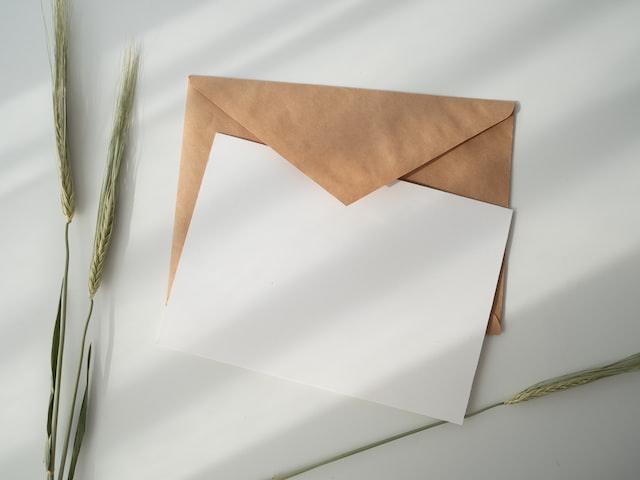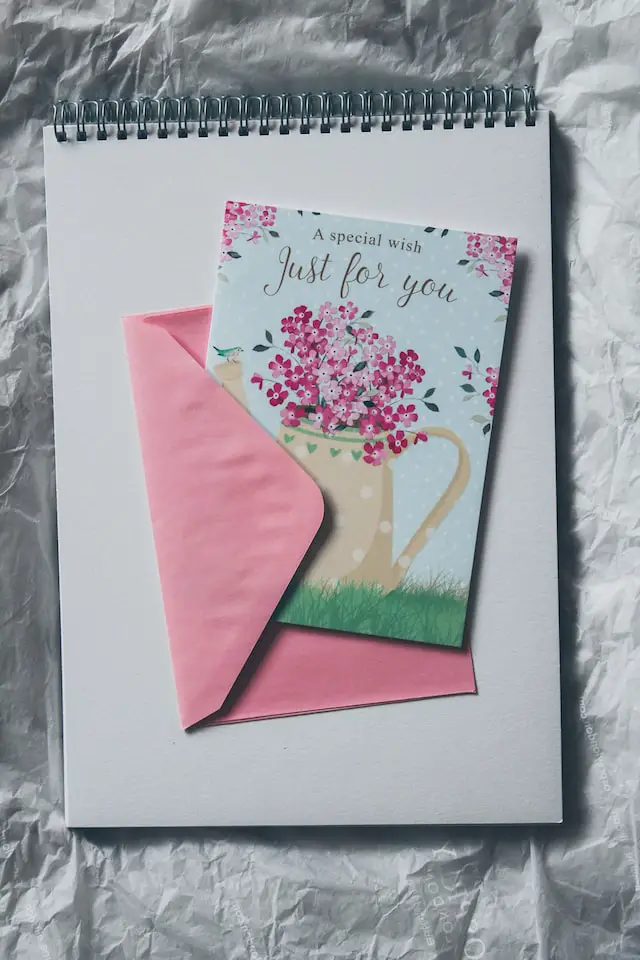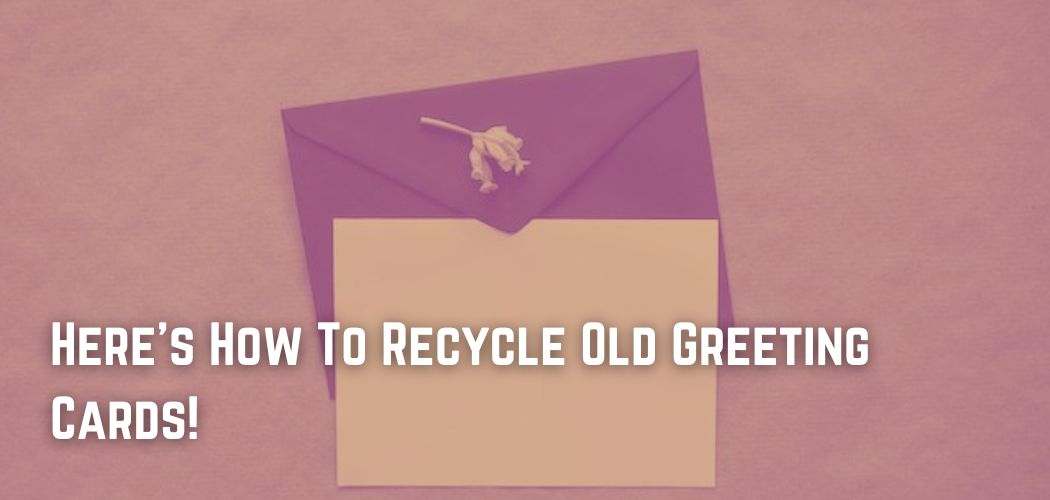Consider recycling your Christmas cards this year for a more eco-friendly holiday, to save trash, and to get more use out of their festive designs. Here are some suggestions for reusing, repurposing, and recycling Christmas cards for a greener start to the year 2023.
Christmas cards are a great way to show your family and friends how much you care about them during the holidays, but they may end up in the trash in January.
Lockdown restrictions will significantly increase the number of Christmas cards distributed in 2020. According to research, searches for “charity Christmas cards” reached a 16-year high and increased 144% compared to December 2018.
With this in mind, it is more crucial than ever that we recycle our Christmas cards this year and for years to come.
You might want to buy and send a variety of Christmas cards so that people can get rid of them more easily after the holiday. Today, we must consider the durability of an object in addition to its appearance.

Be resourceful and give discarded Christmas cards new life. Below are a few of our inventive ways for repurposing Christmas cards.
Christmas cards made of paper are ideal for recycling, but those with glitter, foil, or other embellishments cannot be recycled in the conventional manner. Remove these excess pieces and place them in the trash before placing the cards in the recycling bin.
On their website, it states, “The majority of greeting cards are made of paper and may be recycled, together with their envelopes, in your household recycling collection, at local recycling locations such as household trash recycling centers, in supermarket parking lots, etc.”
Any non-recyclable decorations, such as ribbons or glitter, should be removed first by cutting off that area. Additionally, batteries should be removed from musical cards and discarded at battery recycling centers.
Can You Put It In A Recycle Bin?
Christmas is one of the most popular times for family, friends, and well-wishers to send greeting cards.
Obviously, everything is wonderful until the party concludes and another anniversary approaches. The Christmas cards then become waste that must be discarded.
You may recycle your Christmas cards if you have a large quantity of them. However, there are a few things you must comprehend.
Christmas cards may only be placed in the recycling bin if they are made completely of paper. This is critical for you to comprehend. If the interior of your Christmas cards is made of a substance other than paper, you should not recycle them.
Therefore, Christmas cards with glitter, pins, plastic lining, or glue are unsuitable for recycling.

In order to recycle Christmas cards, paper must first be decomposed in water. For papers, this is a simple task. Water cannot decompose other substances, though. No matter how long plastic items remain in the water, they will not degrade.
Therefore, it is preferable to eliminate all elements that would decompose in water. These consist of your greeting cards with glitter, plastic lining, and glue, among others.
By putting these things in your recycling bin, you want to mess up the recycling process. So, to keep the recycling process running smoothly, take out of the recycling bin any Christmas cards that are made of something other than paper.
How Can They Be Recycled?
A greeting card made of plain paper and enclosed in a plain-paper envelope can be recycled with junk mail and other paper goods. The card may be constructed from any sort of paper, including cardstock and glossy paper.
Most places that recycle do not take greeting cards that are made of anything other than paper. Before you can put the card in the recycling bin, you have to take the whole device apart, including the speakers.
This consists of glitter, foil, metal charms, felt cut-outs, and ribbon. Before placing greeting cards in the recycling bin, you will need to remove all of those materials.
The surplus pieces of material must be discarded. Envelopes with a foil lining cannot be recycled either. Since the foil covers nearly the whole interior of the envelope, dispose of it.

A tiny percentage of greeting cards have a battery-powered gadget that plays music or sends a message when the card is opened. Before you can put the card in the recycling bin, you have to take the whole device off, including the speakers.
Check the batteries to see if they can be used again. Most cards use small button batteries that you can find in many household items.
If your community has an electronic trash recycling program, the circuit board and speakers should be accepted. If you do not want to throw away the gadget, Creative Family Moments gives excellent instructions on how to repurpose it into a musical card.
Can Cards With Glittery Be Recycled?
There is a long-held belief that the way you greet someone reveals your level of happiness toward them. There is a significant difference between greeting someone with a smile and greeting them with a frown.
When sending greetings through different channels, the way our greeting instrument looks is also very important. Many designers notably shun drab hues.
To enliven the design of greeting cards, several producers have used glitter. These glitters highlight the design on the greeting cards and make them shimmer.

Furthermore, these types of greeting cards are visually beautiful. However, the issue is their influence on the environment. These greeting cards, unlike traditional paper cards, are difficult to recycle.
The reason for this is that these greeting cards have nylon foil and glitter on them. This makes it hard for people to put these cards in the recycling bin right away.
Thus, you should not place it in your recycling bin. These kinds of greeting cards should be discarded. Putting them in the recycling bin would be a waste of time and create more work for recyclers. Ultimately, the glittery greeting cards will wind up in a landfill.
Conclusion
Greeting cards are beneficial for all people. They indicate that there are still those who care about us. However, after these cards have lost their utility, we must determine what to do with them. As demonstrated, they may be used for decoration or recycling.





